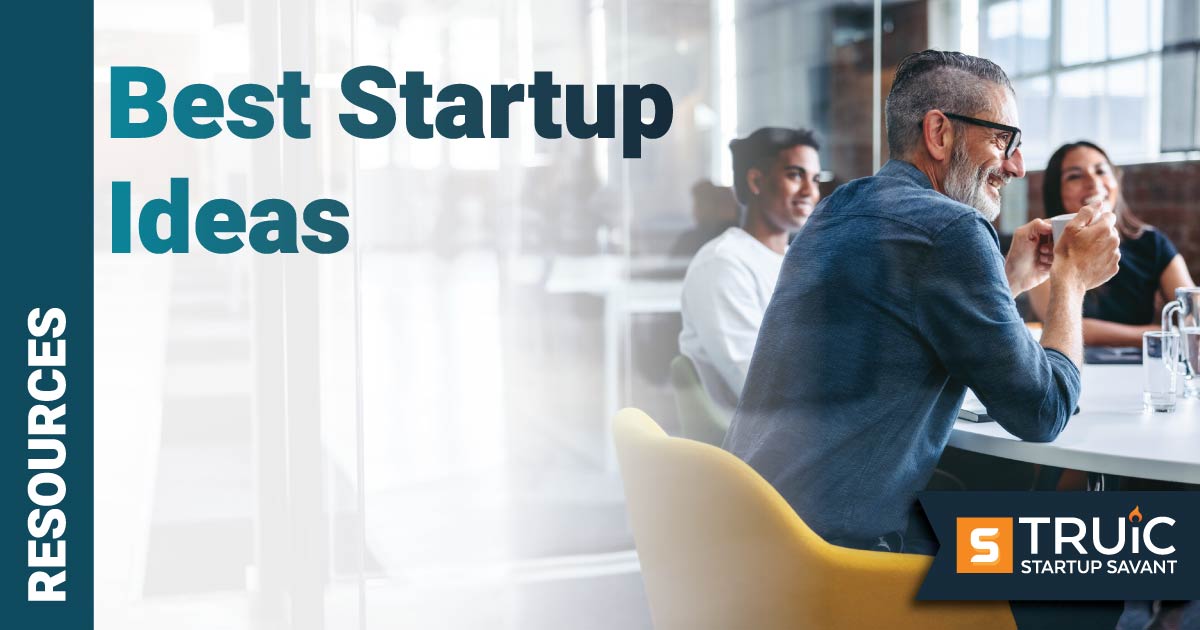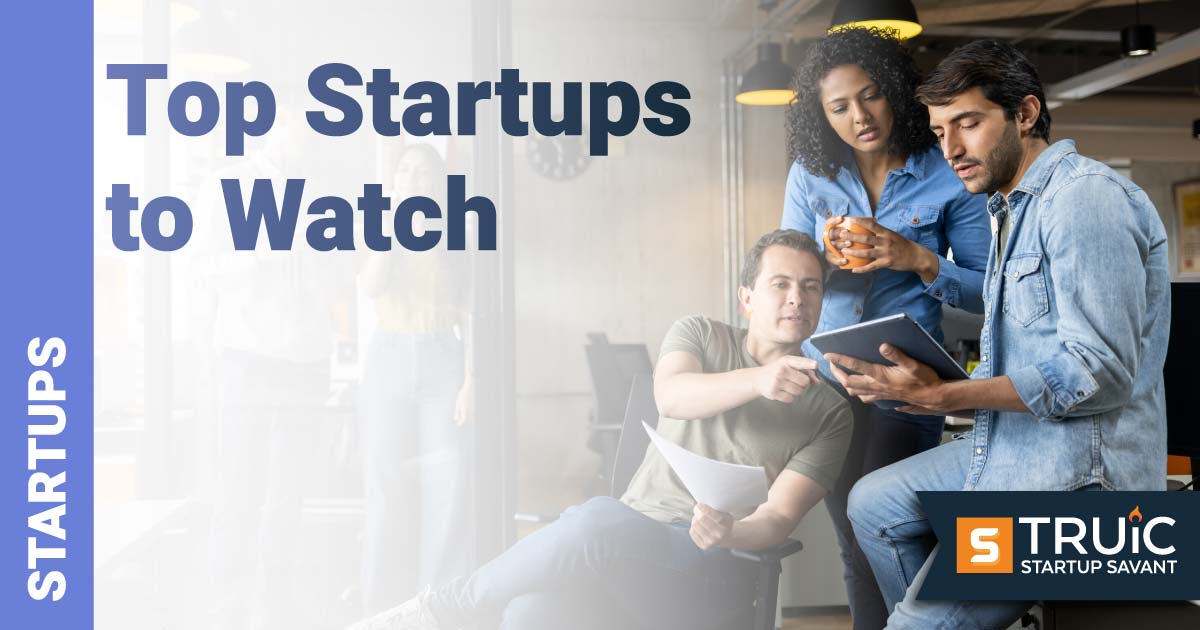Making It Easier to Give
The Origin Story of Do Good Points

Last Updated: By TRUiC Team
Many people want to give to charity but don’t know where to start. Finding worthy organizations is hard enough, and when you factor in the unique mechanics of giving to each one, what seemed like a simple, worthwhile task can turn out to be daunting.
Do Good Points exists to facilitate charitable giving by, among other things, aggregating important information about nonprofits in one place and curating a list of worthy organizations. This is Do Good Points’ origin story.
Early Entrepreneur
Andy became an entrepreneur at age 14 when he started a painting nonprofit after he tried and failed to find a part-time job. “I called it the Alameda Teen Project,” he says. “We didn't charge for [our services], but we took donations. It was a way to offer teens [a chance] to get work experience, stay out of the streets, and stay out of trouble.”
The Alameda Teen Project was also a way to “develop people skills by talking to people, helping the neighborhood, knowing the neighborhood,” he adds. “I started off by hiring a buddy of mine who also had the same struggle – wasn't able to find a part-time job – and it just kind of ballooned up from there [to] 21 kids. We ended up expanding into two neighboring cities. At one point, we were doing like $2,000 a day in revenue.”
This experience proved invaluable to Andy when, as an adult, he decided to start Do Good Points.
A More Convenient and Effective Way to Give
According to its website, Do Good Points is “a convenient and more effective way to give” to nonprofits. By aggregating information about nonprofits in one place, the company makes it easy “to find trusted, high-impact nonprofits and local grassroots charities aligned with the causes you care about.”
Andy calls Do Good Points “the first loyalty program for doing good.” As such, people can earn points for “making an impact,” either by donating money or by doing something non-monetary, like sharing an article about an organization. Points for non-monetary acts can be redeemed towards a monetary donation.
The company also “curates collections of high-impact funds, so doing good is easier than ever before.” Each of these funds “is aligned with the United Nations’ Sustainable Development Goals,” the website says. When someone donates to Do Good Funds, it gives part of that donation to vetted participating organizations and projects and another part to the company’s nonprofit arm called the Do Good Foundation.
“The foundation is kind of the heartbeat of everything that we do,” Andy says. “The foundation's mission is what we call ROG. And just like [return on investment], ROG is ‘return on giving.’ How do we … solve problems within the nonprofit space, which are marketing, activating the next generation of do-gooders, and finding a better way to do business within the nonprofit space to have greater [impact.] That is a focus of the foundation, which leads and guides our corporation.”
For its part, the corporation is “a tech company where we build and aggregate technology, resources, and data in order to provide these services for nonprofits free of charge and amplify their mission,” he says. “Our mission as a company is to activate and empower the next generation of do-gooders.”
Andy likens the corporate part of Do Good Points to “Yelp for nonprofits,” where people can go to find information about charities they might want to give to. “We aggregate data about 7 million nonprofits in the United States, but also get resources in regards to ratings, review systems, audits, impact data, and other things that make it more informative and easier to connect to nonprofits,” he says. The platform also tries to “break down any barriers to doing good” by, for example, identifying the easiest way to donate to a particular organization.
What’s Next for Do Good Points
Andy says he’s “excited for the next phase” of growth for his company, which includes building on its successes (Do Good Points grew some 1,500% over the past year) by scaling creators and partnerships.
“We have a number of really large partnership deals that we've been working on for over two years that are reaching the end of [their] sales cycles [and] partnership development cycles, and we're really excited to get those things going,” he said. The company is “constantly adapting to the marketplace and letting the market … direct where our initiatives and goals are,” he added.
“One of the things that we're really excited about is … AI and how that's changing the tools and services that we use,” he adds. “Traditionally, the nonprofit space is way behind on technology … But as a tech company that's looking to amplify our mission, like when I think about AI and introducing those type of services into our space, I get super excited about that.”
Tell Us Your Startup Story
Are you a startup founder and want to share your entrepreneurial journey with our readers? Click below to contact us today!





